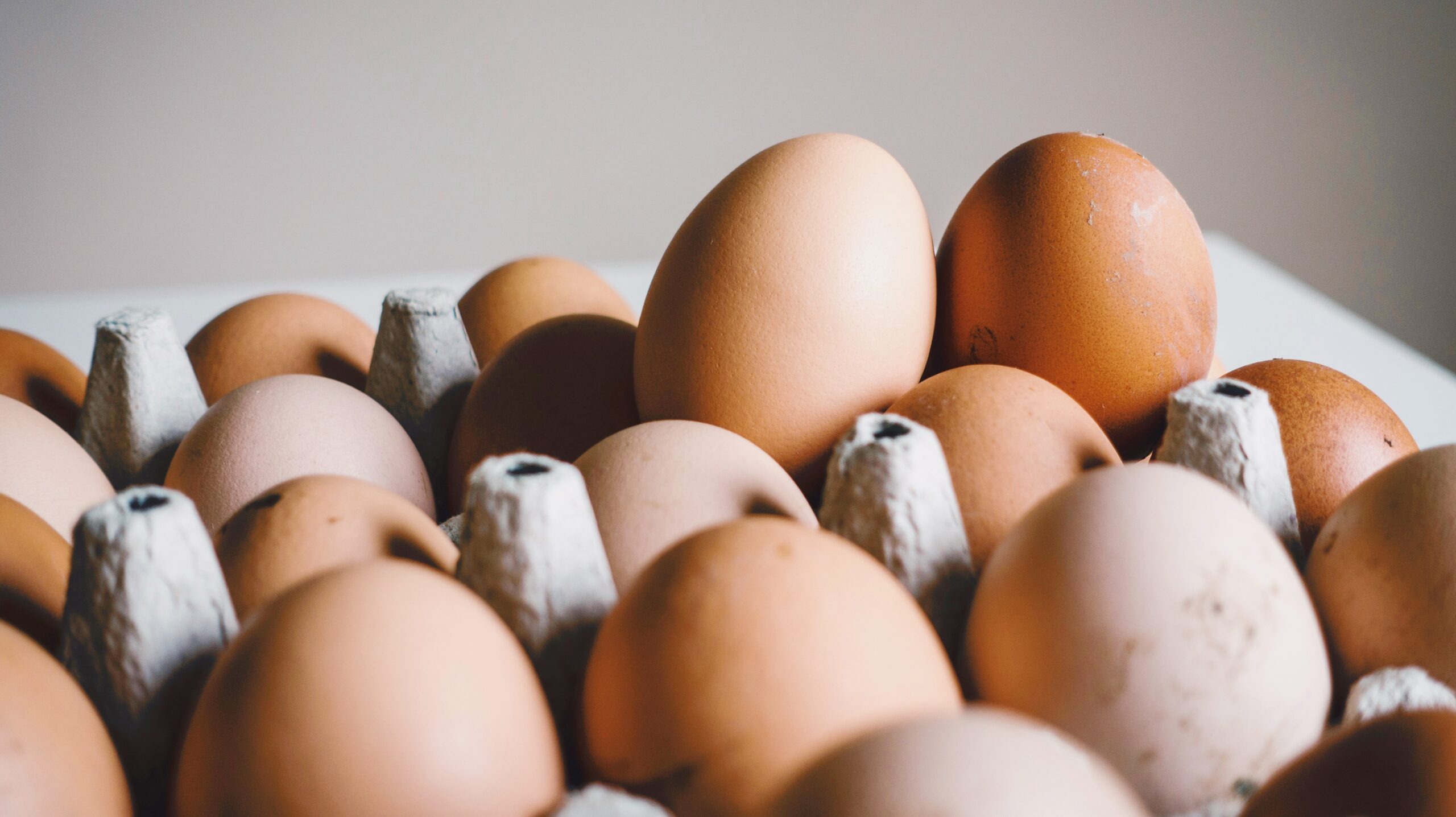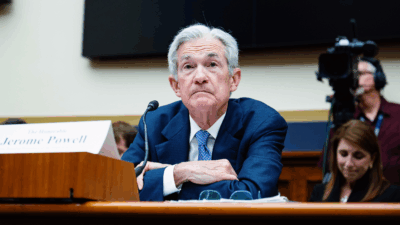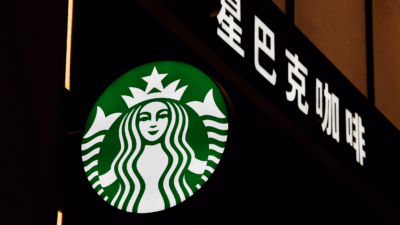Eggs Break Consumers’ Wallets But Producer Stocks Are Sizzling
The Fed may have cracked inflation, but eggflation is proving harder to beat. Unsurprisingly, egg producer stocks are soaring.

Sign up for smart news, insights, and analysis on the biggest financial stories of the day.
The Fed may have cracked inflation, but eggflation is proving harder to beat.
The Labor Department said Thursday that US producer prices climbed 0.4% in November, the largest rise in five months and more than economists anticipated. The culprit was higher food costs, and especially a 55% surge in the wholesale price of eggs. Nevertheless, egg producer stocks are fluffing up like an Alpine Cheese soufflé.
Breakfast of Market Champions
For consumers, the cost of a dozen eggs rose 8.2% last month to $3.65, which is up 37.5% year-over-year. At fault is the highly, highly transmissible avian bird flu: Outbreaks have popped up across the country this year, impacting 50 commercial poultry flocks as of November 18 and over 25 million birds. In the last week alone, outbreaks were reported in Missouri, Colorado, Idaho, California, Wisconsin, Oklahoma, Iowa, and Nebraska.
Farms are required by law to cull whole flocks — sometimes millions of birds — if the disease is found. The current price uptick is similar to a 2022 rise in egg prices, when flu outbreaks put a massive dent in the number of laying hens available to producers. For some, however, it’s been a golden egg:
- Thanks to rising prices, shares in the two largest publicly traded egg producers have made the S&P 500’s 27% gain this year look like an empty shell: Cal-Maine Foods is up 84% in the same period and rival Vital Farms has climbed 135%. Unlike a chicken, Cal-Maine’s profits took flight in its latest quarter, with a net income of $150 million compared with $926,000 a year earlier. Vital’s jumped to $7.4 million in its latest quarter, from $4.5 million a year earlier.
- The price of a dozen eggs is still 24% below the all-time high of $4.82 set in January 2023, and that record doesn’t seem to be in danger at the moment, depending on how avian flu is managed in the coming months. In fact, the new data did nothing to lift the share prices of Cal-Maine, which was flat, and Vital, which was down 5%, on Thursday.
Keep Clipping Coupons: The good news for everyone is that Bank of America estimates, based on the latest Labor Department data, that core personal consumption expenditures (PCE) — that is to say, with food and energy costs removed — rose just 0.1% in November, down from a 0.3% increase in the prior two months. The bank called that a “relief” that eases worries “about the recent trajectory of inflation.” The bad news for consumers, as President-elect Donald Trump acknowledged Thursday, is that it’s not gonna be easy to bring food prices down.











